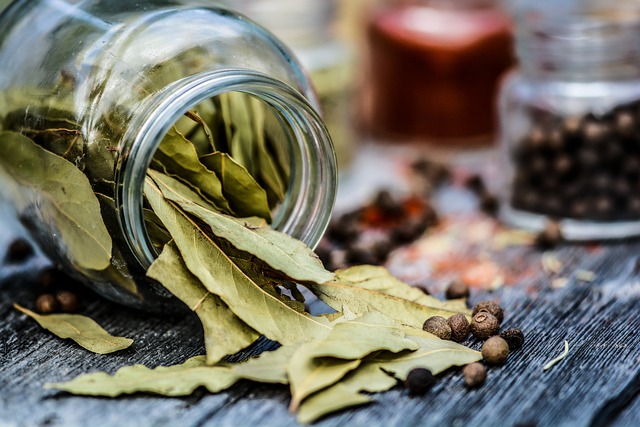
Herbs & spices have played a remarkable role in the culinary world for centuries, elevating dishes from ordinary to extraordinary. With their diverse aromas and flavors, these natural wonders have tantalized our taste buds, transporting us to far-off lands with each bite. Whether you are a seasoned chef or an aspiring home cook, understanding the power of herbs and spices is essential to creating mouthwatering masterpieces in your own kitchen.
From the leafy green herbs like basil, cilantro, and parsley, to the fragrant spice blends like cinnamon, cumin, and nutmeg, these ingredients add depth and complexity to our favorite dishes. They possess the ability to enhance the flavor profiles of meats, vegetables, and grains, transforming them into culinary delights that leave a lasting impression.
But herbs and spices offer more than just flavor; they also boast incredible health benefits. Ancient civilizations recognized their medicinal properties and harnessed their healing qualities. For instance, turmeric, a spice renowned for its bright yellow color, contains curcumin, a potent compound with anti-inflammatory properties. Similarly, garlic, a member of the allium family, is not only prized for its robust flavor but also for its immune-boosting and heart-healthy attributes.
Whether you are exploring the bold flavors of Indian cuisine or savoring the delicate nuances of French dishes, herbs and spices are your passport to a world of culinary exploration. They allow us to unleash our creativity in the kitchen, empowering us to concoct unique and extraordinary flavors that tantalize our senses.
The Distinctive Role of Herbs and Spices
Herbs and spices are nature’s gift to the culinary world, imbuing dishes with a symphony of flavors and aromas that elevate even the simplest of meals to extraordinary heights. From the delicate sweetness of basil to the fiery allure of cayenne pepper, these botanical treasures have a transformative power that brings depth and complexity to our favorite recipes.
The Magic of Aromatics
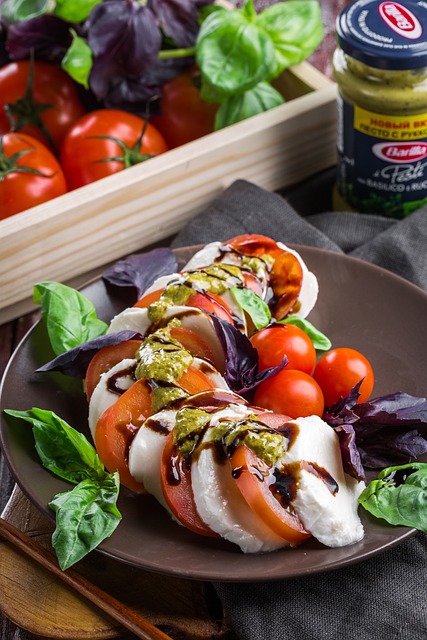
- Basil: Just a whiff of fresh basil leaves is enough to transport you to the sun-drenched hills of Italy. With its sweet and slightly peppery aroma, basil adds a fresh and vibrant flavor to dishes, especially in Mediterranean and Italian cuisine. Whether tossed in a salad, stirred into pasta sauce, or used as a garnish for a Caprese salad, basil adds a touch of magic to every bite.
- Cilantro: Cilantro, also known as coriander, sparks strong opinions among food lovers. Its distinct citrusy flavor can be polarizing, but for those who adore it, cilantro brings a unique and refreshing twist to dishes, particularly in Mexican and Asian cooking. From salsas and guacamole to curries and stir-fries, cilantro adds a zesty kick that tantalizes the taste buds.
- Parsley: Often relegated to being a mere garnish, parsley is a culinary powerhouse in its own right. Known for its bright green color and mild flavor, parsley adds freshness and balance to a wide range of dishes. It can be tossed into salads, sprinkled over roasted vegetables, or used as a finishing touch to soups and stews, infusing them with a touch of herbal elegance.
Spice Blends that Wow
- Cinnamon: This versatile spice is a staple in both sweet and savory dishes. It imparts a distinctive sweetness and depth, making it an essential ingredient in cuisines like Indian, Middle Eastern, and even certain desserts. Whether it’s sprinkled over a latte, swirled into oatmeal, or used to spice up a curry, cinnamon adds a touch of warmth and comfort to any dish.
- Cumin: No spice blend is complete without the earthy allure of cumin. With its smoky and slightly bitter flavor, cumin is a key player in many global cuisines. It adds a warm and robust dimension to dishes, particularly in Mexican, Indian, and North African cooking. From seasoning meats and vegetables to flavoring rice and lentils, cumin brings a depth of flavor that is both familiar and exotic.
- Nutmeg: As you grate a fresh nutmeg seed, its warm and comforting aroma fills the air, promising an unparalleled sensory experience. Known for its slightly sweet and nutty flavor, nutmeg provides a subtle complexity to both sweet and savory dishes. From being a star ingredient in creamy custards and pies to an essential addition to hearty meat stews and sauces, nutmeg adds a touch of elegance and intrigue to your culinary creations.
Herbs and spices are not just flavor enhancers; they are the architects of taste, transforming ordinary dishes into extraordinary culinary experiences. With their aromatic dance of flavors, they take us on a journey across continents, allowing us to explore a world of tastes and sensations.
Culinary Applications of Herbs and Spices
Herbs and spices are not just culinary powerhouses; they are also versatile ingredients that can be used in a myriad of ways to enhance the flavors of our dishes. From marinades and rubs to sauces and garnishes, these botanical marvels offer endless possibilities for culinary creativity. Let’s explore some popular culinary applications of herbs and spices that will take your dishes to the next level.
Marinades and Rubs
Marinades and rubs are excellent ways to infuse your meats and vegetables with robust flavors. By combining herbs, spices, and other ingredients, you can create tantalizing marinades and rubs that will add depth and complexity to your dishes.
Spicy Steak Rubs: Give your steaks a kick by creating a spicy rub with paprika, cayenne pepper, black pepper, and a hint of brown sugar. This blend will tenderize the meat and add a delicious heat.
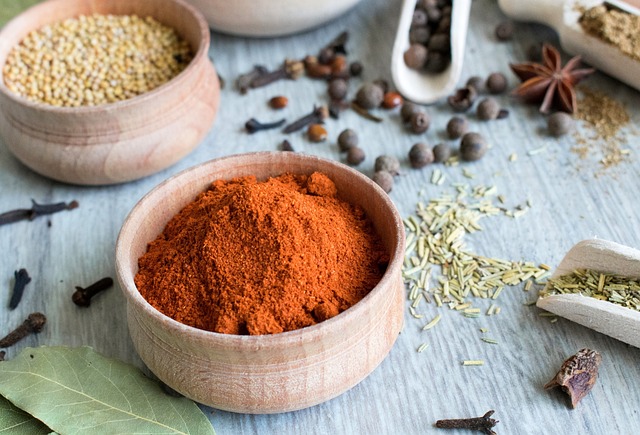
Herb Marinades: For a summery and refreshing grilled chicken, try marinating it in a blend of basil, thyme, and lemon juice. The aromatic herbs will infuse the chicken with a burst of flavor.
Sauces and Dips
Herbs and spices are the secret weapons in creating delicious and flavorsome sauces and dips. They can transform a simple dish into a culinary masterpiece.
Fresh Herb Sauces: Elevate your pasta dishes by whipping up a creamy basil pesto sauce. Blend fresh basil leaves, pine nuts, garlic, Parmesan cheese, and a drizzle of olive oil for a burst of freshness.
Spiced Dips: Prepare a spicy sriracha mayo by blending mayonnaise, sriracha sauce, lime juice, and a pinch of cumin. This tangy dip is perfect for adding a kick to your appetizers.
Soups and Stews
Infusing herbs and spices into soups and stews can transform them from ordinary to extraordinary. The aromas and flavors will create a comforting and delicious experience.
Bouquet Garni: For a fragrant and flavorful soup, add a bouquet garni of bay leaves, thyme, and parsley to a simmering stock. Allow the herbs to meld together, creating a robust base for your soup.
Spiced Stews: Delight your taste buds with a slow-cooked stew infused with cinnamon, cumin, coriander, and turmeric. The warm and aromatic spices will add depth and richness to the dish.
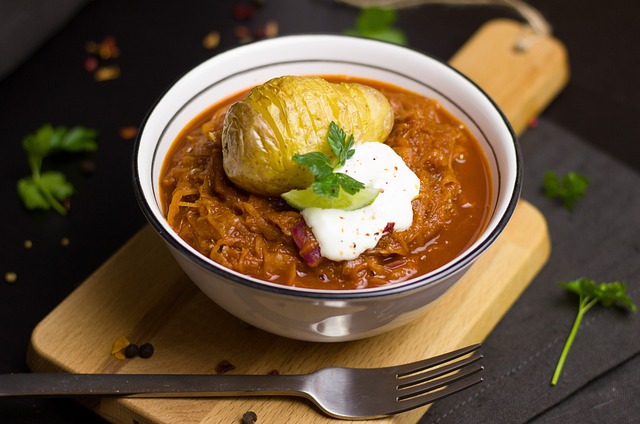
Baking and Desserts
Herbs and spices are not limited to savory dishes; they can also work wonders in baking and desserts. They can transform ordinary sweets into extraordinary delights.
Warm and Rich Cookies: Enhance your chocolate chip cookies by sprinkling in a pinch of ground cinnamon or nutmeg. This will add warmth and richness to the sweet treat.
Fragrant Fruit Pies: Create a tantalizing apple pie by layering sliced apples with a mixture of sugar, cinnamon, and lemon zest before baking to golden perfection. The aromatic spices will elevate the flavors of the fruit.
Garnishes and Finishing Touches
Never underestimate the power of a well-placed garnish or finishing touch. Herbs and spices can embellish and elevate the presentation of your dishes, making them visually appealing and enticing.
Fresh Herb Sprinkles: Sprinkle some fresh dill over a salmon fillet before serving to add a burst of freshness and a pop of vibrant green to your plate.
Flavorful Dustings: Dust a sprinkle of paprika over a creamy dish to give it a vibrant and flavorful finishing touch. The bright red color will make the dish visually striking.
Cultivation and Sourcing
The journey of herbs and spices from seed to plate is a fascinating tale of cultivation and sourcing. Understanding where these botanical treasures come from and how they are grown and harvested adds an extra layer of appreciation to the culinary adventures they take us on. Let’s delve into the world of cultivation and sourcing, uncovering the secrets behind these remarkable ingredients.
Cultivation Methods
- Organic Farming: Many herbs and spices are cultivated using organic farming methods, which prioritize the use of natural fertilizers and pest control methods. This ensures that the plants grow in a sustainable and environmentally friendly manner, preserving their quality and maximizing their health benefits.
- Sustainable Practices: To protect and preserve biodiversity, some farmers practice sustainable cultivation methods. This involves rotating crops, preserving natural habitats, and using water and soil conservation techniques. By adopting these practices, they ensure the long-term viability of the herbs and spices they cultivate.
- Indoor Cultivation: In regions with unfavorable climates or limited growing seasons, herbs and spices can be cultivated indoors. With the help of controlled lighting, temperature, and humidity, farmers can create ideal conditions for these plants to thrive year-round. This method allows for the consistent availability of fresh herbs and spices regardless of the external environment.
Sourcing: From Field to Plate
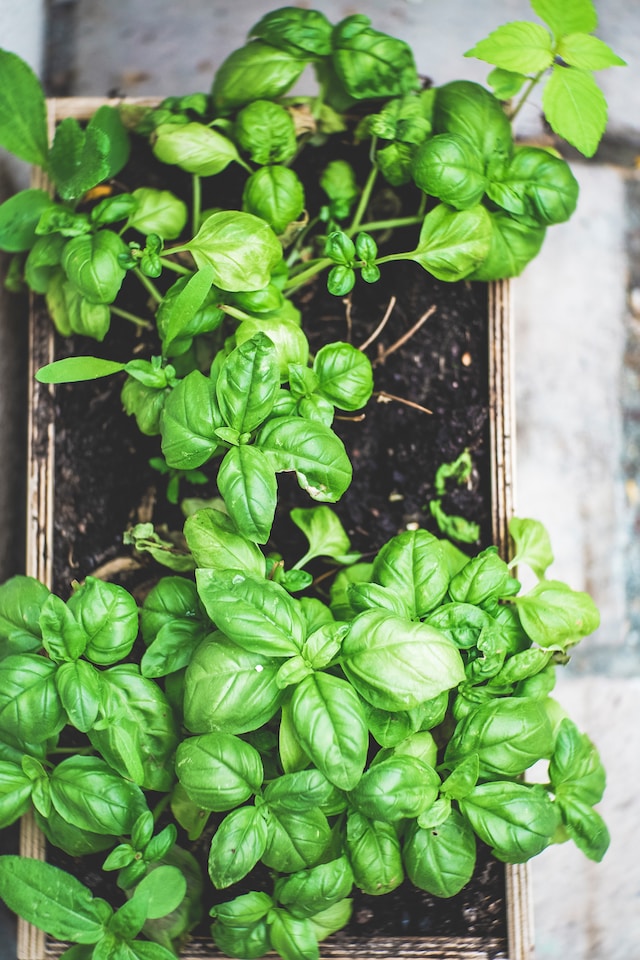
- Local Sourcing: Many chefs and home cooks alike prioritize sourcing herbs and spices locally. By supporting local farmers and businesses, they not only ensure freshness but also contribute to the sustainability of their communities. Local sourcing also allows for a deeper connection to the origins of the ingredients, fostering a sense of pride and appreciation for regional flavors.
- Global Sourcing: Some herbs and spices have specific growing requirements that make them best suited to certain regions of the world. From saffron in the fields of Iran to vanilla in the lush forests of Madagascar, these unique growing regions contribute to the distinct flavors and qualities of herbs and spices. Global sourcing ensures a diverse palate of flavors, allowing for a rich tapestry of culinary delights.
- Fair Trade: Fair trade practices ensure that farmers and workers involved in the cultivation and sourcing of herbs and spices receive fair compensation for their efforts. This ethical approach promotes sustainability, social responsibility, and economic empowerment, creating a more equitable and inclusive agricultural industry.
Harvesting and Processing
- Hand Harvesting: Many herbs and spices require delicate handling during the harvesting process to preserve their flavors and aromas. Experienced farmers carefully hand-pick the plants at the peak of their maturity, ensuring the best possible quality.
- Drying Techniques: After harvesting, herbs and spices undergo various drying techniques to remove excess moisture and concentrate their flavors. Some are air-dried, while others benefit from sun-drying or low-temperature drying methods. These techniques are crucial to maintaining the herbs and spices’ potency and longevity.
- Grinding and Blending: Once dried, some herbs and spices are ground into fine powders, while others are left in their whole or crushed form. These varying textures allow for different culinary applications, yielding unique flavor profiles in dishes. Some herbs and spices may also be blended together to create signature spice mixes and rubs.
The world of herbs and spices is a captivating one, filled with an array of flavors, aromas, and health benefits. These culinary powerhouses have the ability to transform ordinary dishes into extraordinary culinary experiences, taking us on a global journey with every bite. They are the artists of the culinary world, adding depth, complexity, and sophistication to our meals. From marinades and rubs to sauces and garnishes, herbs and spices offer endless possibilities for culinary creativity. They can elevate soups and stews, add warmth to baked goods, and provide the perfect finishing touch to any dish. Understanding the cultivation and sourcing of these botanical treasures adds an extra layer of appreciation to their journey from seed to plate. So, let’s embrace the magic of herbs and spices, and let them guide us on a gastronomic adventure unlike any other.
